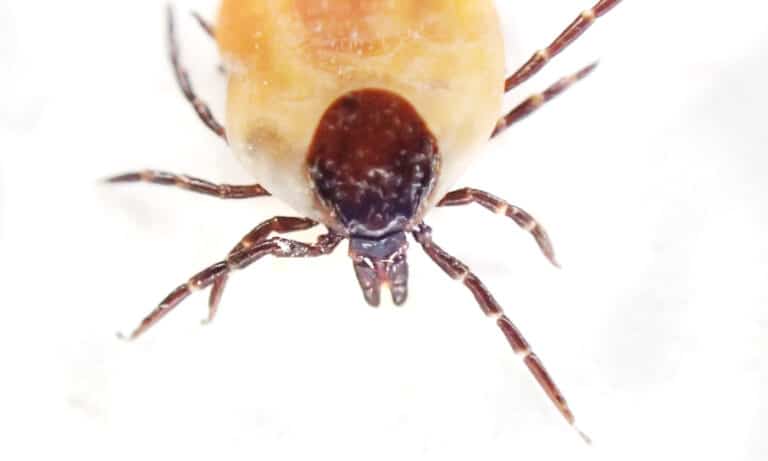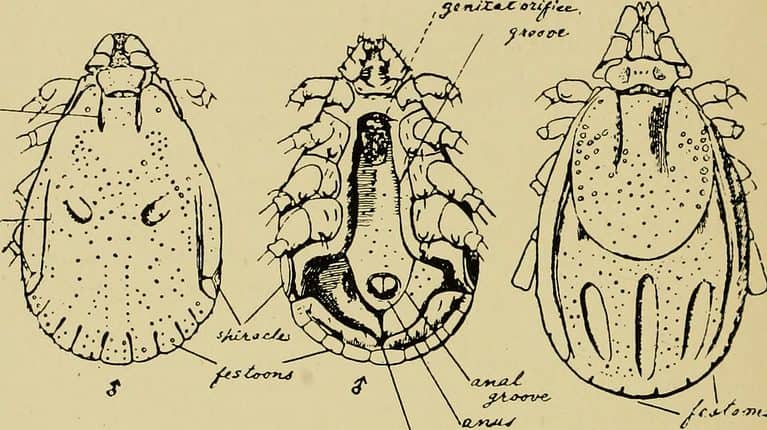Groundhog Tick Animal Pictures
Ixodes cookei
© iStock.com/jonnysek
Advertisement
Dangerous tick isolated stock photo Animal, Backgrounds, Close-up, Deer, Dog OLYMPUS DIGITAL CAMERA
Groundhog ticks can survive over a year without a real meal.
ture to therest of the integument and generally disappearing on distention;capitulum subterminal, its anterior portions often visible dorsallyin the adult; eyes present in some species,f. Integument pitted, without rounded tubercles; body providedwith many short stiff bristles; eyes absent. On horses, cattle and man (fig. 48) Otiobius Banks. O.megnini, a widely distributed species, is the type of this genus.♦Adapted from Banks, Nuttall, Warburton, Stiles, et, al. 26o Hominoxious Arthropods ii. Integument with rounded tubercles or granules; body without stiff bristles Omithodoros Koch. g. Two pairs of eyes; tarsi IV with a prominent subterminal spurabove; leg I strongly roughened. On cattle and man. O. coriaceus gg. No eyes; no such spur on the hind tarsi. h. Tarsi I without humps above 0. talaje. hh. Tarsi I with humps above. i. Tarsi IV without distinct humps above. On hogs, cattle and man O. turicata ii. Tarsi IV with humps nearly equidistant (fig. 142). Africa. O. moubata a/toom.
Groundhog ticks are tiny, parasitic animals whose diet is hematophagous, or consists of the ingestion of blood.



